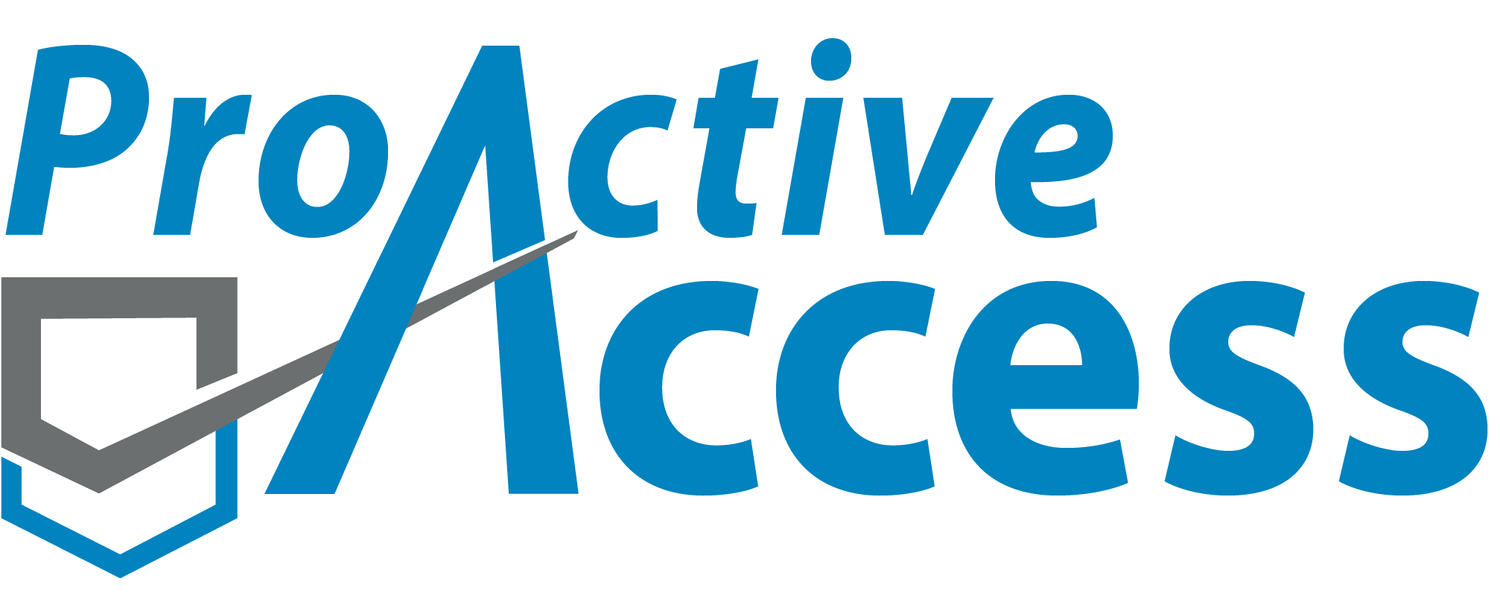Requirements for ADA Signs
Accessible Sign Types
When most people think about accessible signage, tactile and braille signs often come to mind. While these types of signs are required in many places of public accommodation, they are not the only signs that have ADA requirements. Signs with only visual characters also have ADA requirements including: character height, stroke, spacing, mounting height, etc.
Accessible signage typically includes 1 or more of the following features:
Visual Characters
Raised Characters
Pictograms and/or Symbols
ADA Requirements for Directional and Informational Signs
Directional and Informational Signs are the most common sign type found within the built environment. They communicate information by displaying visual characters and/or symbols. These signs are not required to provide tactile and braille but they do have requirements to serve people with low or impaired vision. For this reason, signs that provide direction to or information about interior* spaces and facilities have minimum character height requirements based on the installation height of the subject sign. They also have minimum requirements for style, case, stroke, spacing, contrast, etc.
*California requires signs that provide direction to or information about interior and exterior spaces and facilities to comply with 11B-703.5.
ADA Requirements for Tactile & Braille Signage
Signs with raised characters and braille are required to designate all interior and exterior permanent rooms and spaces. Examples of permanent rooms and spaces include: restrooms, kitchens, conference rooms, stairwells, vestibules, etc. These are all spaces that are unlikely to change. Egress signage is also required to be provided in tactile and braille.
Unlike visual only signage, the character height requirements for tactile and braille signs are not based on the installation height of the sign. The raised character height for all designation signs must be between 5/8” & 2” high. Since raised character and braille signs serve people with low vision and those with total blindness, they must be installed at a specific height and location based on the orientation of the door that they serve. The location of tactile and braille signs make it easier for people with blindness to navigate through the built environments and understand where doors lead to.
Tactile and Braille Sign Location
Where a tactile sign is provided at a door, the sign shall be located alongside the door at the latch side. Where a tactile sign is provided at double doors with one active leaf, the sign shall be located on the inactive leaf. Where a tactile sign is provided at double doors with two active leafs, the sign shall be located to the right of the right hand door. Where there is no wall space at the latch side of a single door or at the right side of double doors, signs shall be located on the nearest adjacent wall. Signs containing tactile Characters shall be located so that a clear floor space of 18 inches minimum by 18 inches minimum, centered on the tactile Characters, is provided beyond the arc of any door swing between the closed position and 45 degree open position.
Tactile and Braille Sign Mounting Height
Tactile Characters on signs shall be located 48 inches minimum above the finish floor or ground surface, measured from the baseline of the lowest Braille cells and 60 inches maximum above the finish floor or ground surface, measured from the baseline of the highest line of raised characters.
Symbols & Pictograms
There are some signs that are required to display a symbol of pictogram. Symbols can be required as visual or tactile and braille signage depending on the location and use. For instance, the International Symbol of Accessibility (ISA) is required to be displayed on accessible parking signage (Visual). Pictograms displayed on restroom signs are often displayed on the (Tactile and Braille Signs). Symbols are important features that must be displayed only at specific locations. Unless you are familiar with the federal, state and local codes and regulations, it is best to consult with a Certified Access Specialist (CASp) that understands all of the nuances of accessible signage.
Accessible Signage Professionals
When purchasing ADA signs, it is important to contract with local sign company rather than purchasing signs online. The sign requirements can vary from state to state and even within cities. Displaying the wrong sign type or installation of a non-compliant sign can lead to potential hazards for people with disabilities. It is best to consult with a sign contractor that specializes in ADA signs or better yet, contact us for assistance. Our principal member, Cory Cabral began his accessibility consulting career by specializing and accessible signs.


